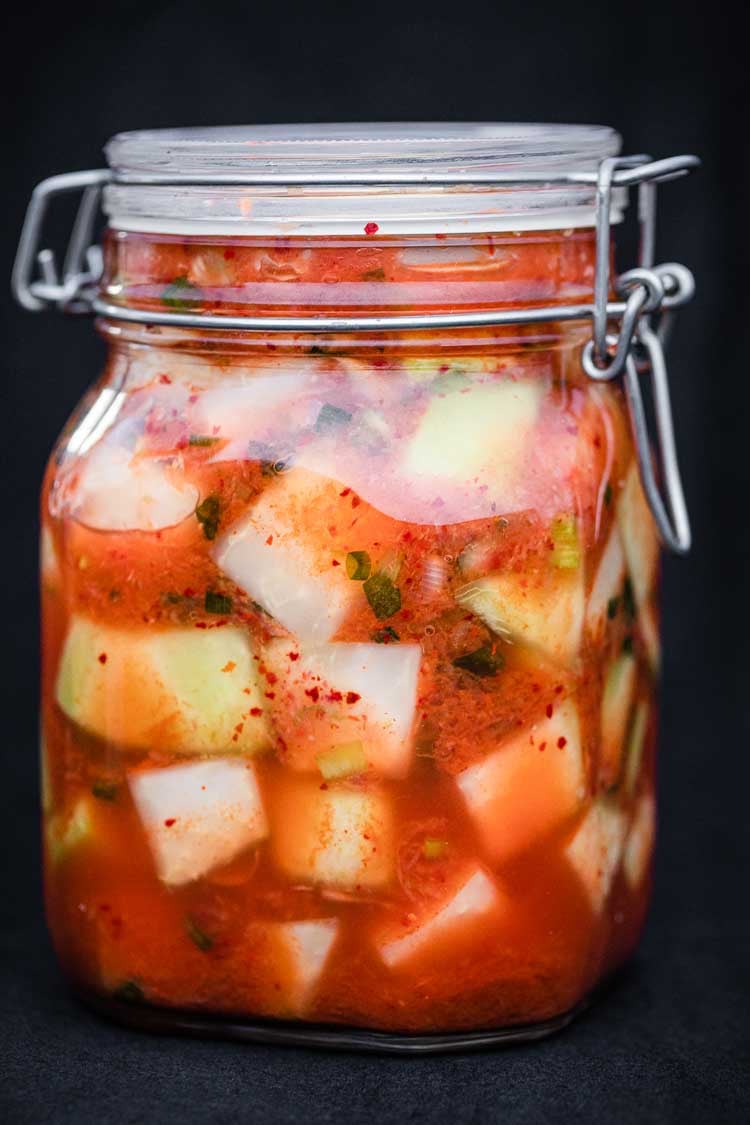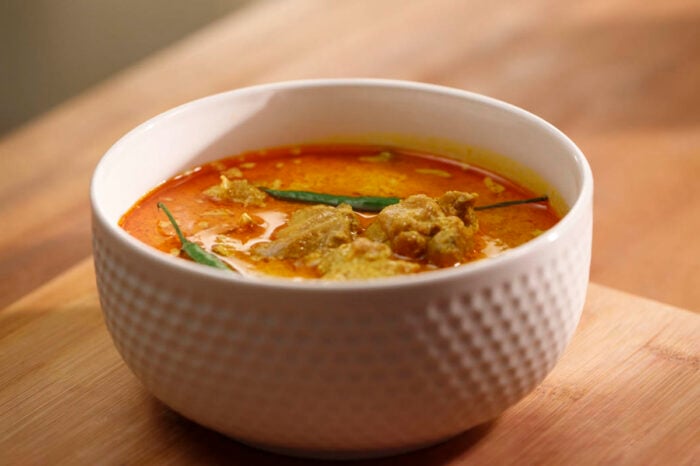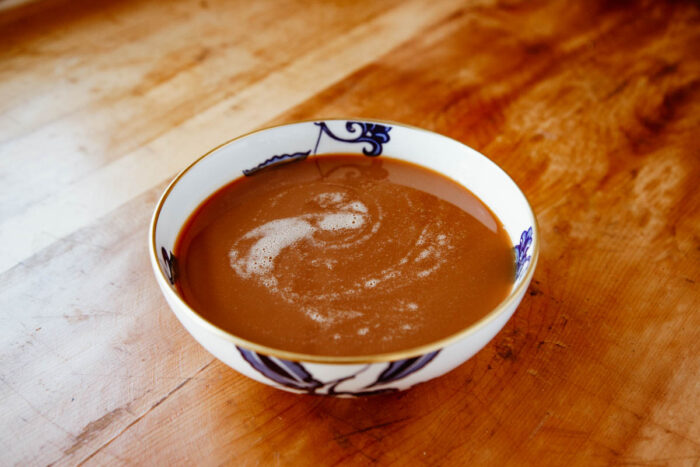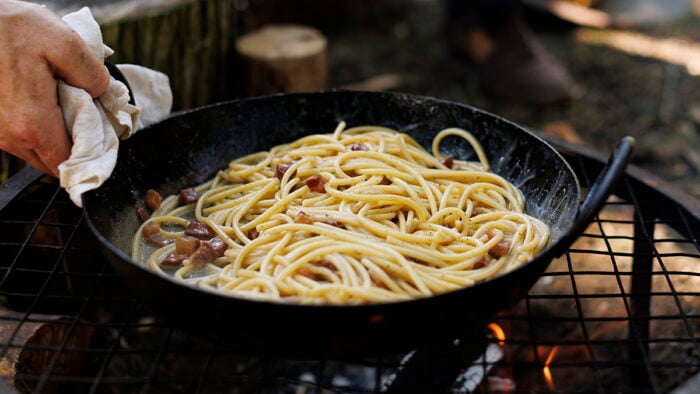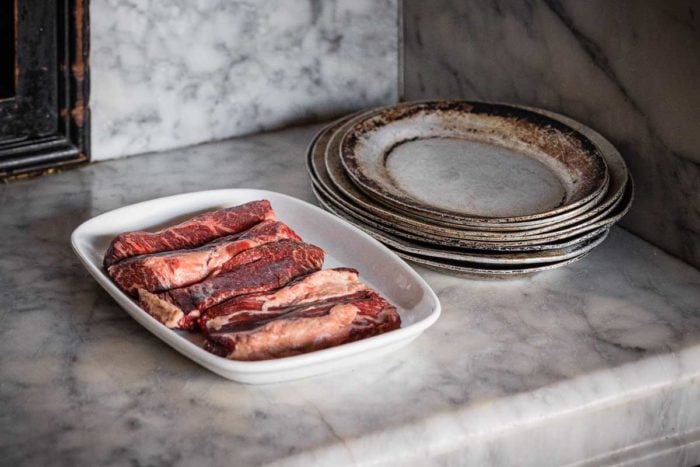
How To Make Kohlrabi Kimchi Recipe
Written by the YesChef staff


Get Access to an Ever-Growing Library of Classes
Every Subscription includes:
- Unlimited Streaming of all Classes
- Watch on your phone, tablet or laptop
- Story-driven Classes, Practical Lessons
- Recipes with Step-by-Step Guidance
- 30-day Satisfaction Guarantee
- New Lessons added all the time
€9.30/mo
Billed annually

What is Kimchi?
What to Eat with Kimchi
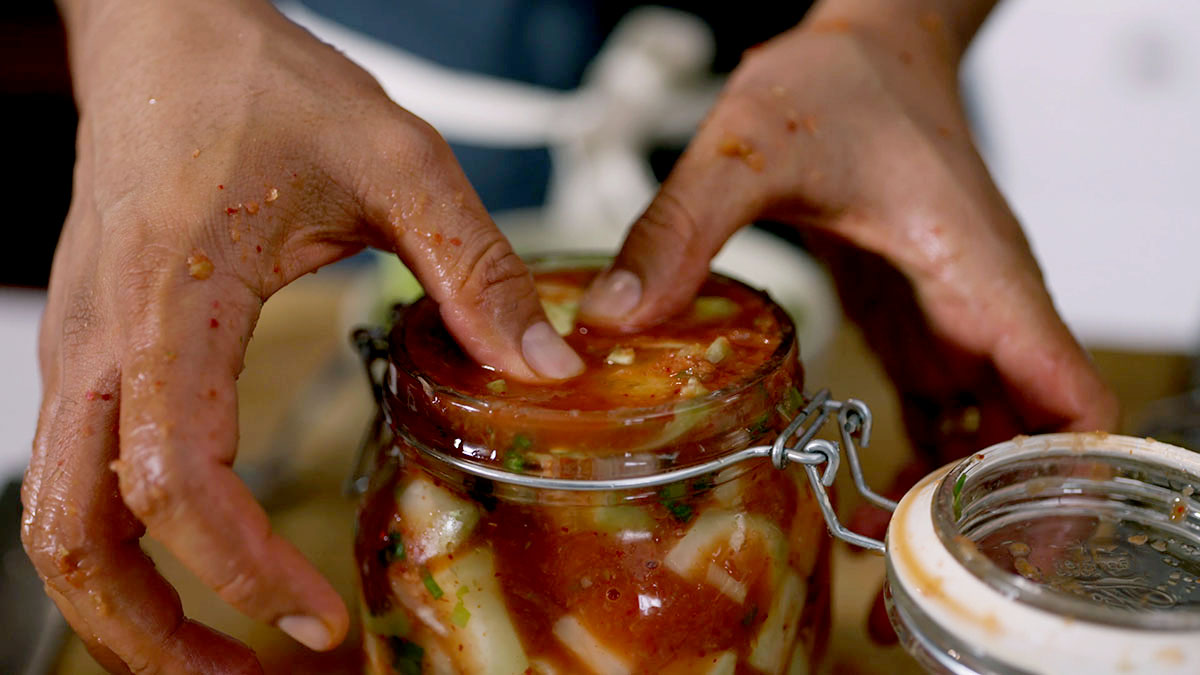
How is Kimchi Traditionally Made?
In Korea, the cabbage is fermented in large ceramic pots called onggi are buried in the ground to keep the cabbage cool enough to slow down the fermentation process. There are some reports that the pots are left to ferment for seven years.
What is Fermentation of Food?
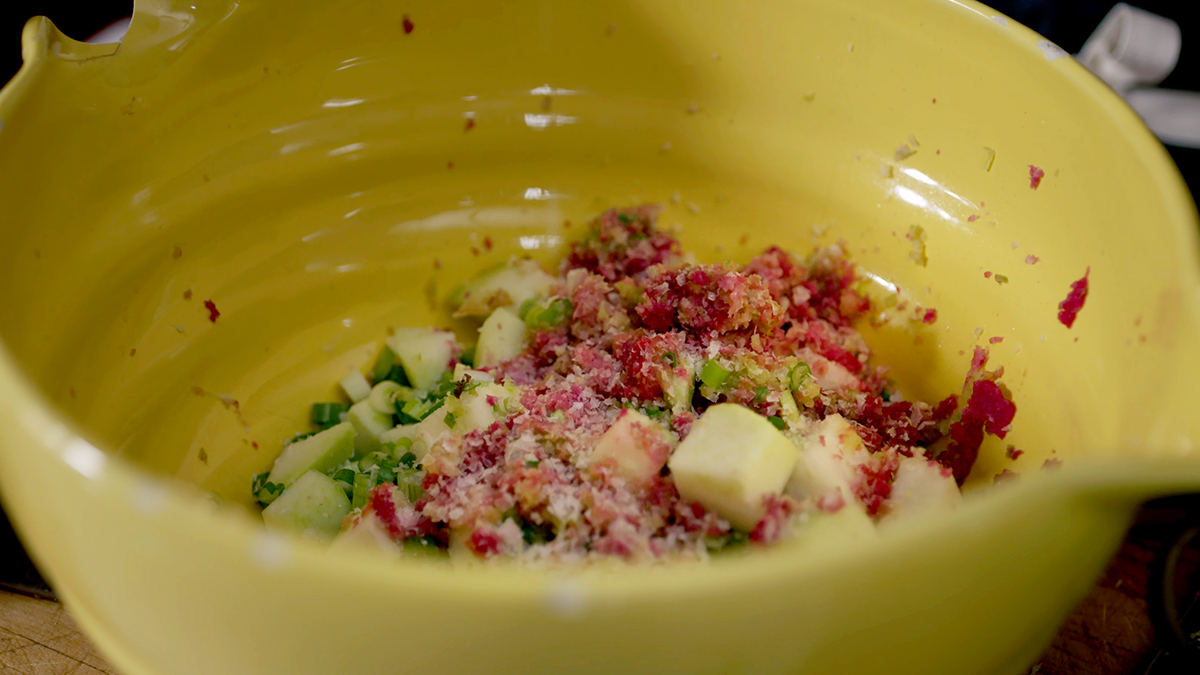
What Vegetables are Good to Ferment?
Is Kimchi Good for You?
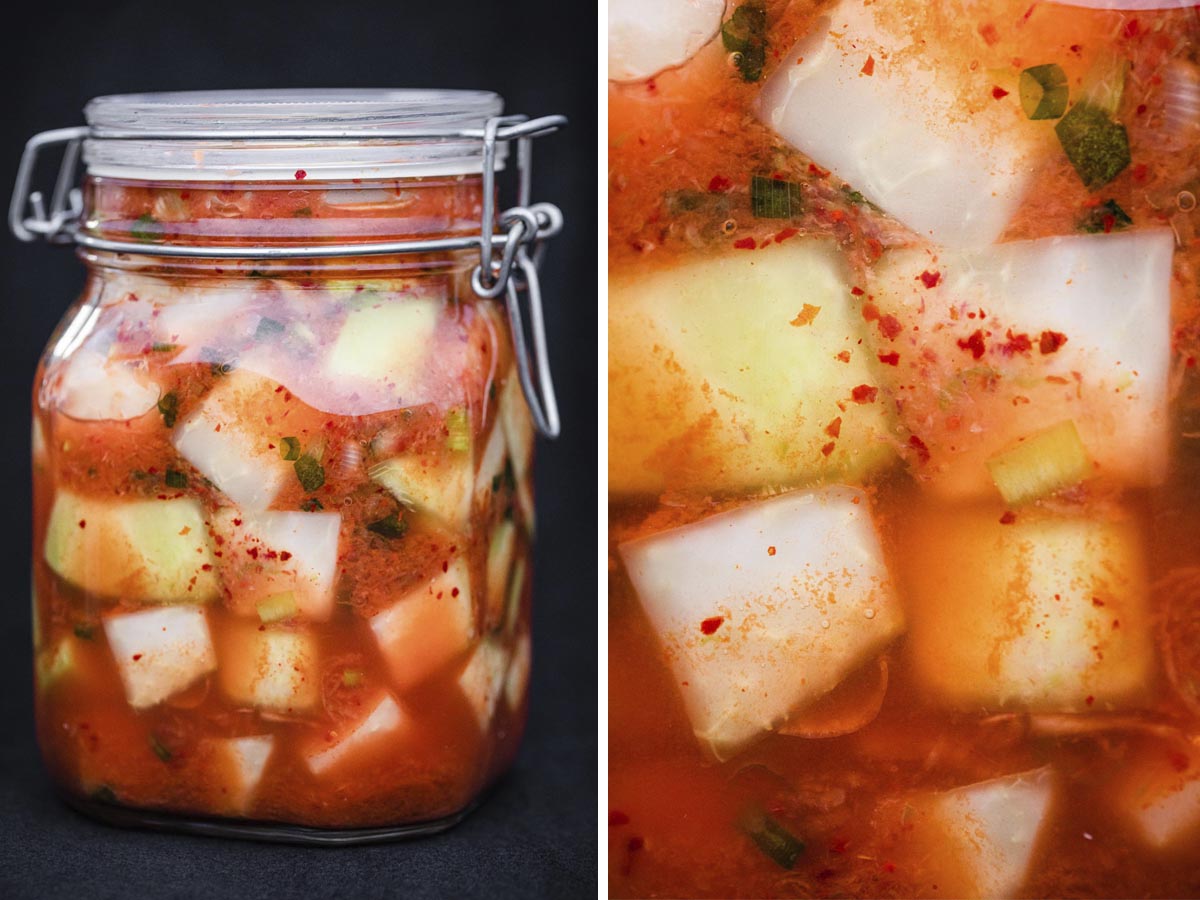
What is Kohlrabi?
How to Make Kimchi from Kohlrabi
Edward makes his kimchi with kohlrabi by cutting and peeling the skin of the kohlrabi into bite-sized cubes (precision is not important, he says) and putting them in a large bowl. For a sweet onion flavor with some bite, he adds kimchi ingredients like finely-cut scallions to the recipe. He grates an unpeeled green apple – the addition of sugary fruit is important for facilitating the fermentation process – which he includes in his large bowl along with grated radishes, ginger (“You can’t have enough ginger,” he says), two cloves of garlic, Korean chili flakes, and salt, which is also essential in helping foods ferment. (The best type of salt to use to facilitate the fermentation process, Edward says, is a natural salt like sea salt.)
With the kimchi ingredients all in the bowl, Edward uses his hands to squeeze, massage, and batter the ingredients. Doing so helps release the natural juices from the vegetables and fruit while the natural microbes from your hands will help ferment the food. “All of those people who tell you not to play with your food, well guess what: now’s your chance,” he says.
Edward also adds tap water which, unlike bottled water, helps ferment the food because of the microbes present in it.
Kohlrabi Fermentation Tips
- For the best kimchi recipes, always add a fruit element. The natural sugar and carbohydrates facilitate fermentation.
- Finely grated aromatics will ferment much faster than the larger pieces of cabbage, which will lead to more flavor.
- Use your hands. Squeeze, massage, and batter the vegetables to coax and draw out as much flavor as possible.
- Use tap water, which has natural microbes, versus filtered or bottled water.
- Top off the kimchi with a few pieces of the leftover kohlrabi peel. This packs the vegetables super tight and removes any unwanted air bubbles.
Kohlrabi Kimchi
Ingredients
INGREDIENTS
- 2 kohlrabies
peeled, and cut into large cubes (reserving skin)
- 4 scallions
green and white parts diced
- 4 tablespoons tap water
- 1 green apple
grated
- 1 large watermelon radish
grated
- 4 inch ginger
scraped & grated
- 2 garlic cloves
grated
- 1/4 cup sea salt
- 1 tablespoon fish sauce
- 2 teaspoons Korean chili flakes
GEAR
- 6 inch knife
such as the Nakiri from Middleton Made Knives
- Cutting board
such as the John Boos Maple Design Cutting Board
- 4 quarts mixing bowl
- Microplane
- Stainless steel tablespoon
for ginger scraping - 3 liters preserving jar
sterilized, sealable, and with a wide mouth
Recipe
#REF!


